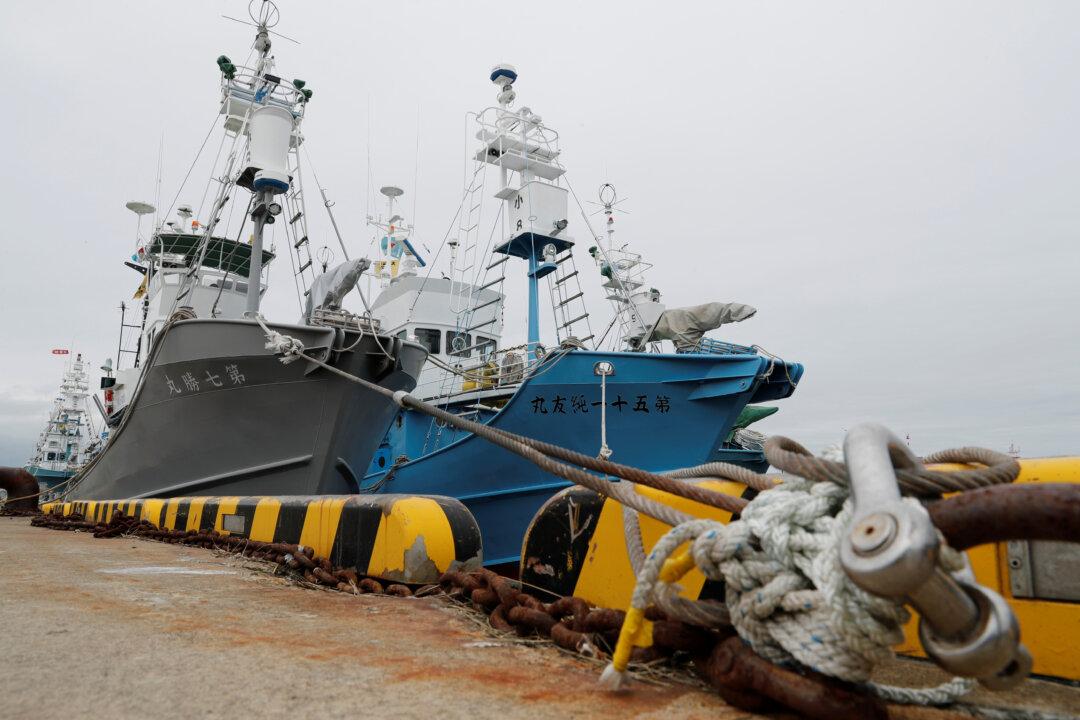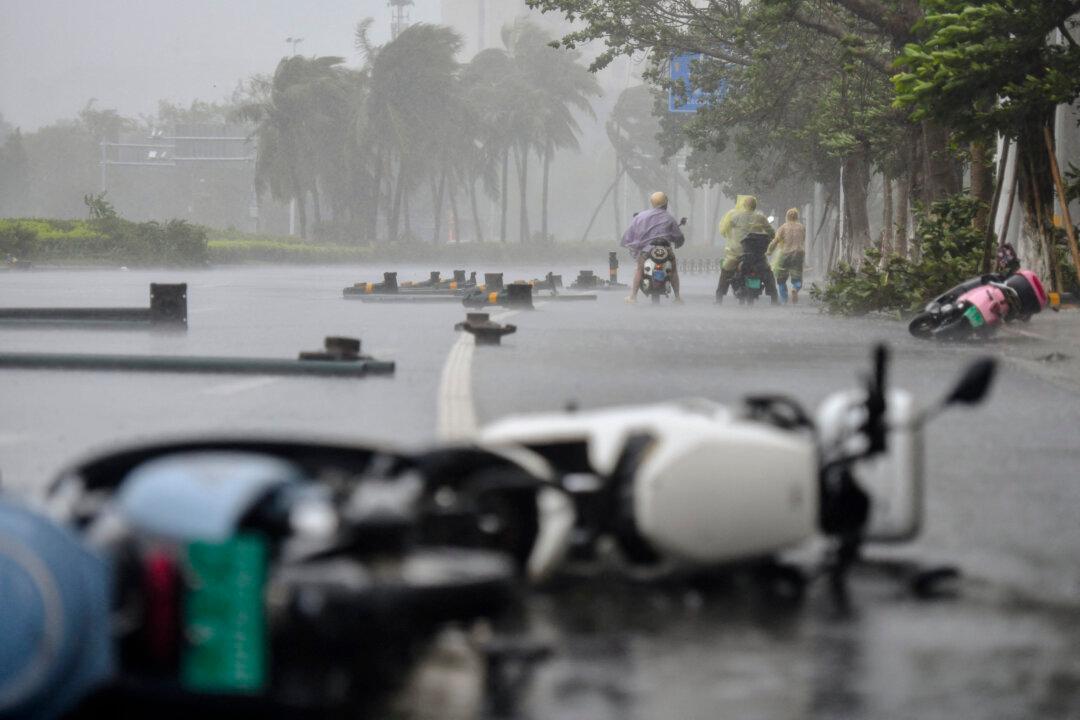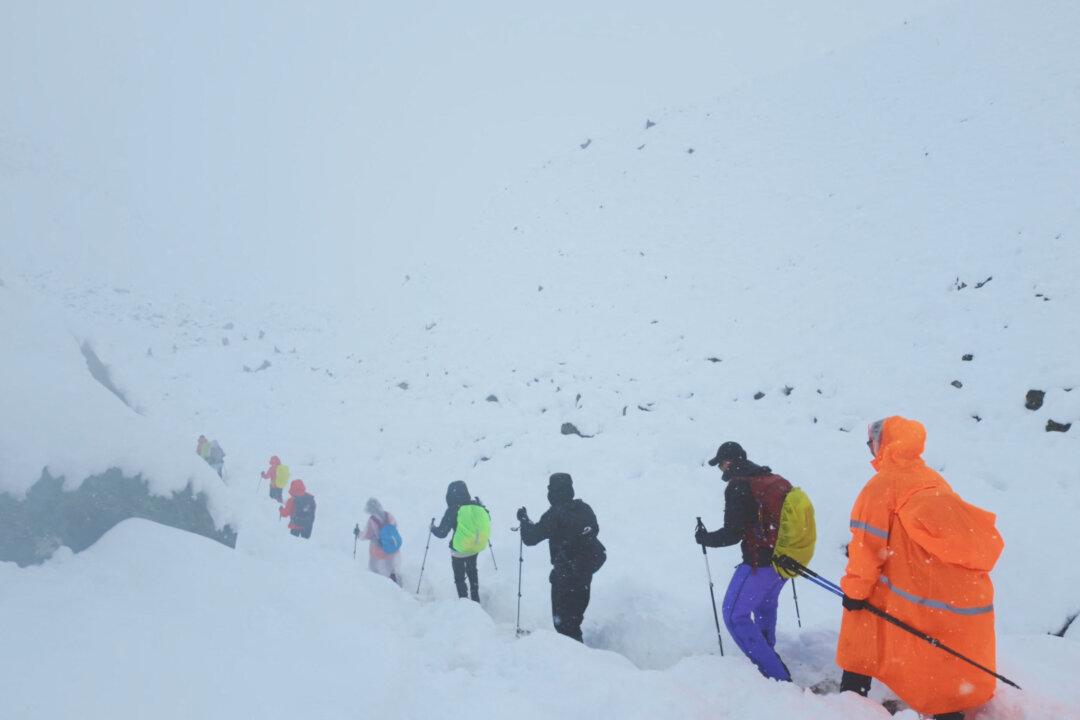KUSHIRO, Japan—Japanese whaling ships prepared on Sunday to set to sea, with crews gathering on decks in a northern port a day ahead of Japan’s first commercial whaling hunt in more than 30 years.
Japan announced last year it was leaving the International Whaling Commission (IWC) and would resume commercial whaling on July 1, sparking global condemnation and fears for the world’s whales.





